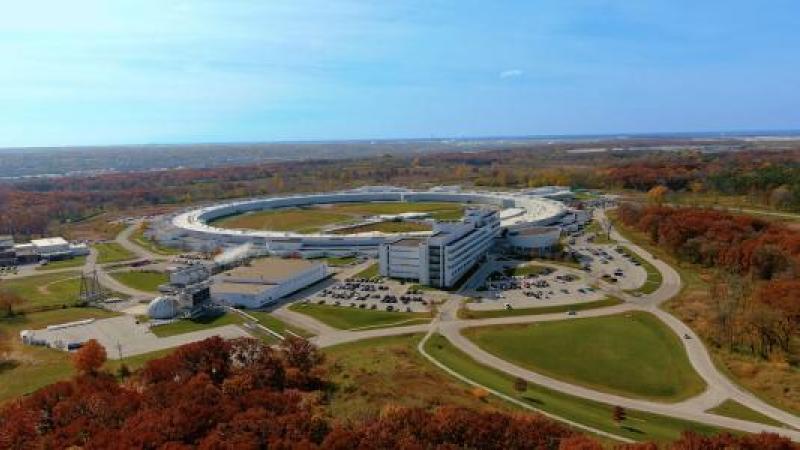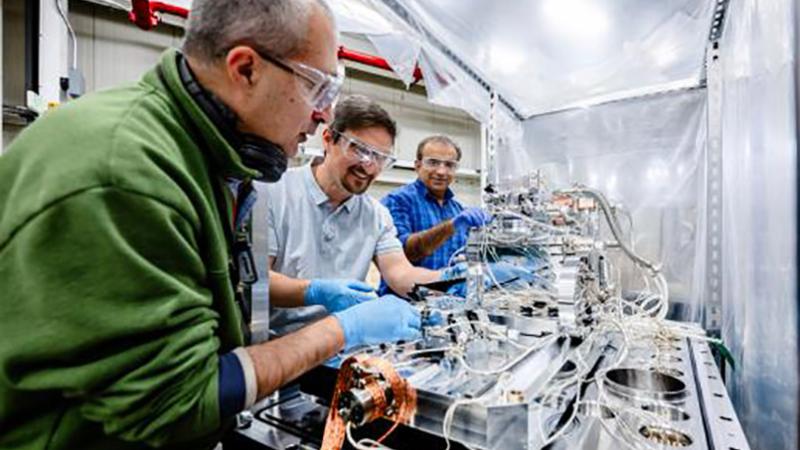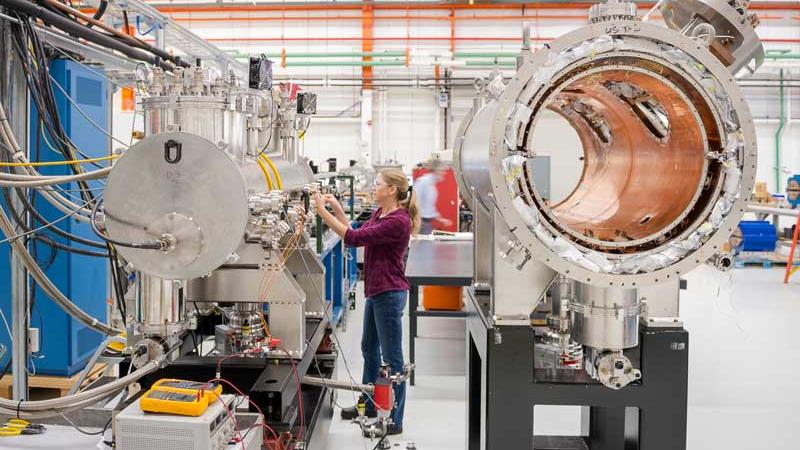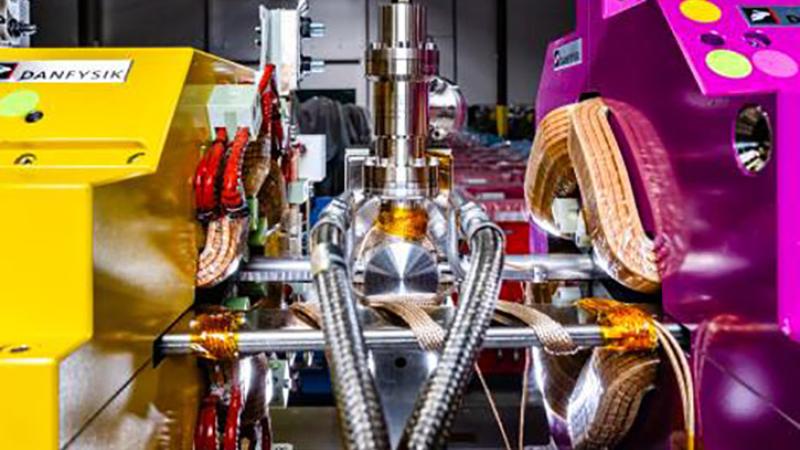APS PEOPLE & EVENTS
Swetin’s work maintaining and improving water systems enables the APS to perform cutting-edge experiments.
Schmidt has been recognized for his contributions to mechanical engineering and beamline science.
Technical Facilities and Systems Specialist Laura Boon is applying the skills from her experience working on the Advanced Photon Source Upgrade across Argonne’s campus.
May 05 2025 to May 09 2025
May 14 2025 to May 16 2025
Jun 01 2025 to Jun 06 2025
Aug 10 2025 to Aug 15 2025
Sep 15 2025 to Sep 19 2025
Sep 20 2025 to Sep 26 2025
11:00 a.m. Hybrid: 437/C010 and Virtual

















